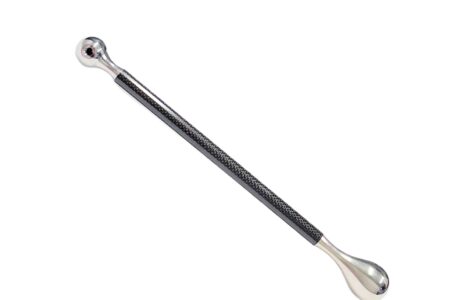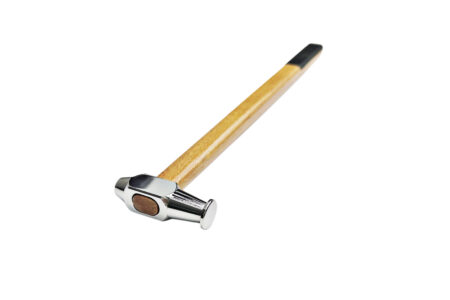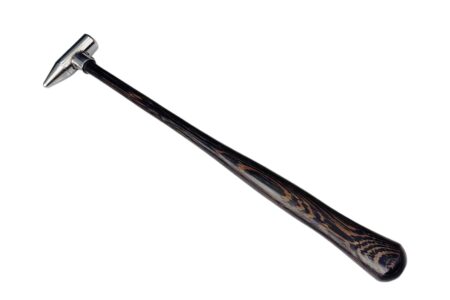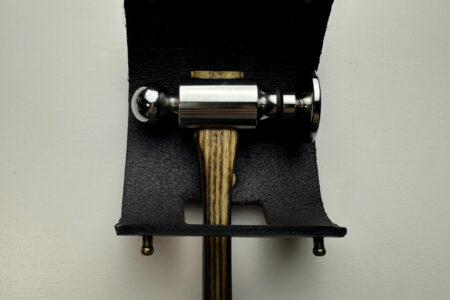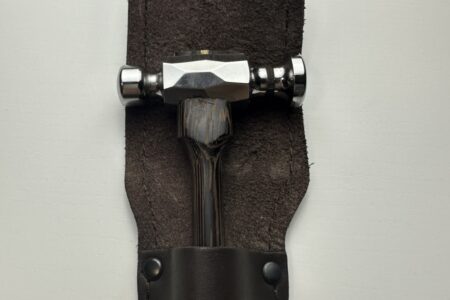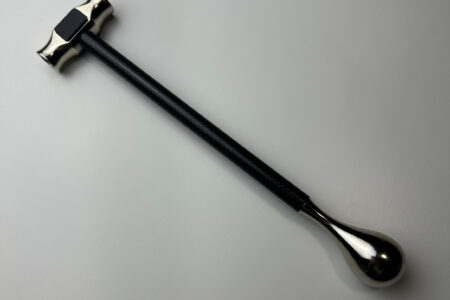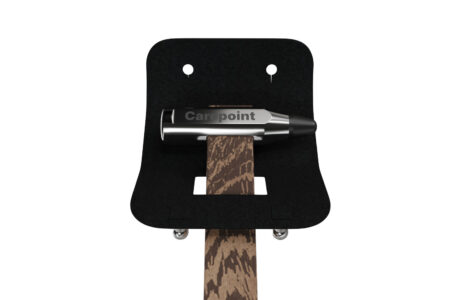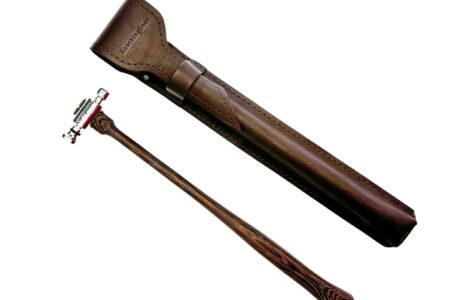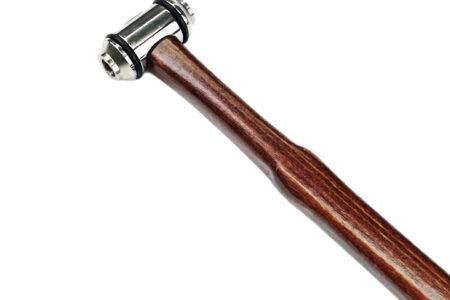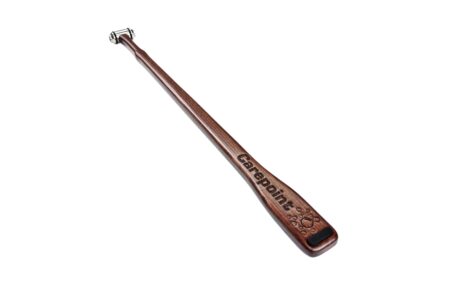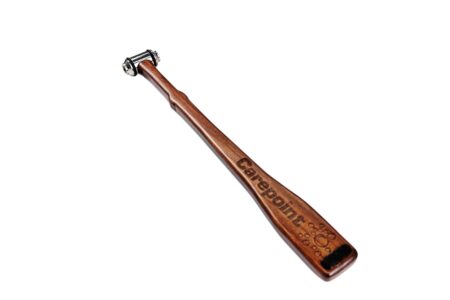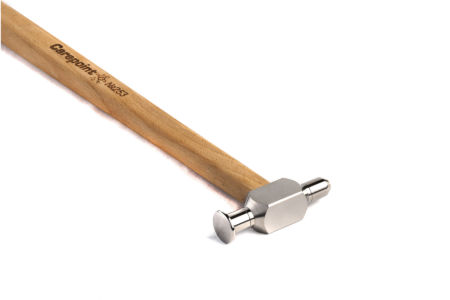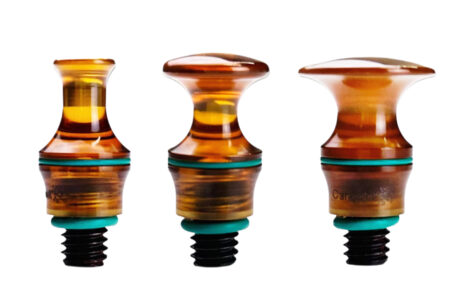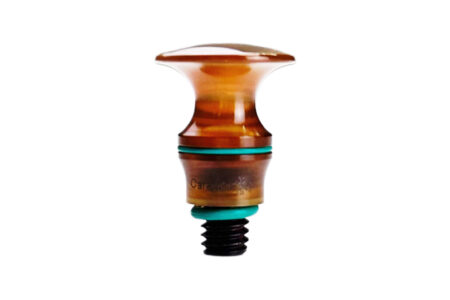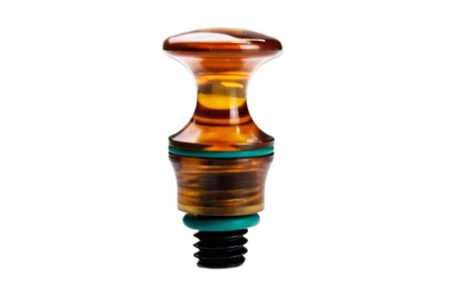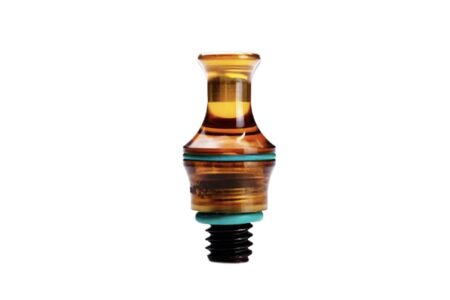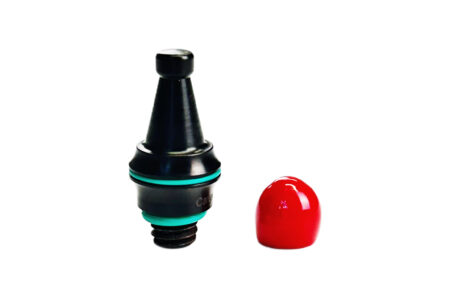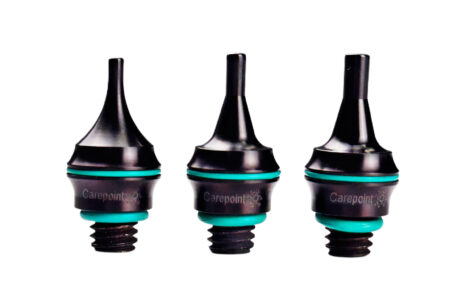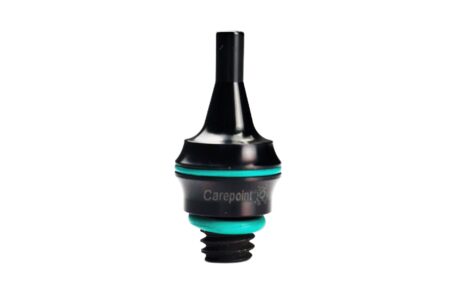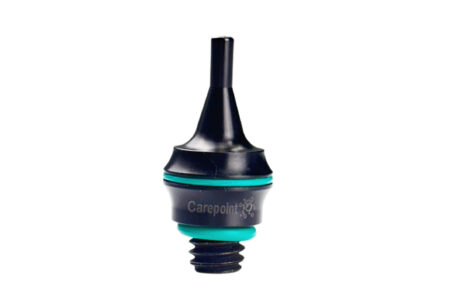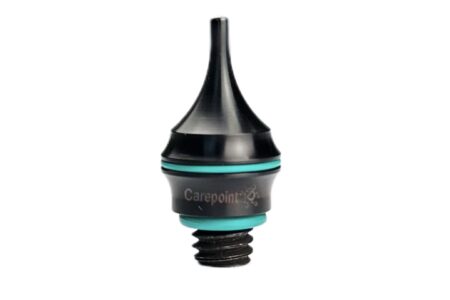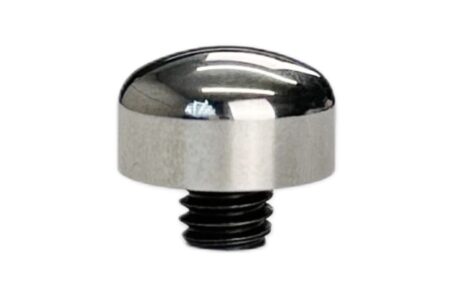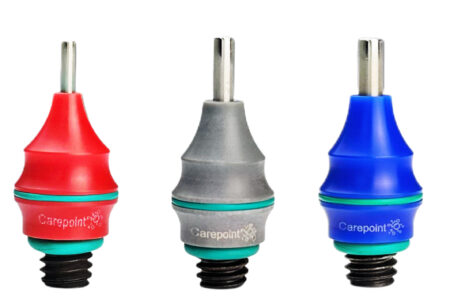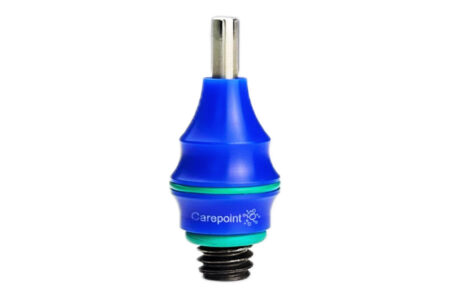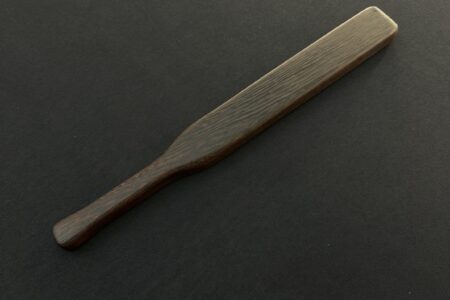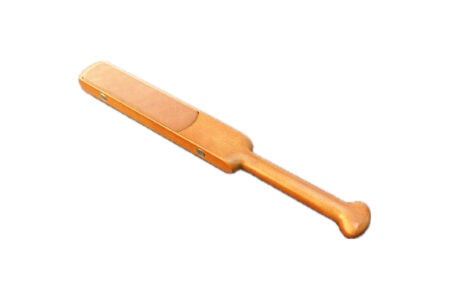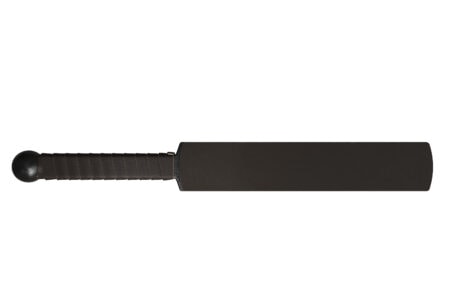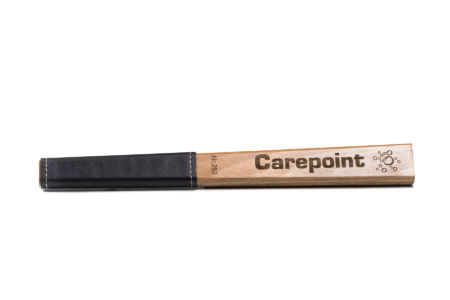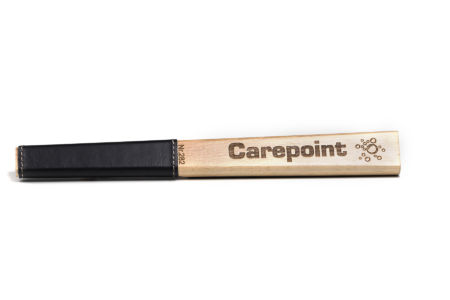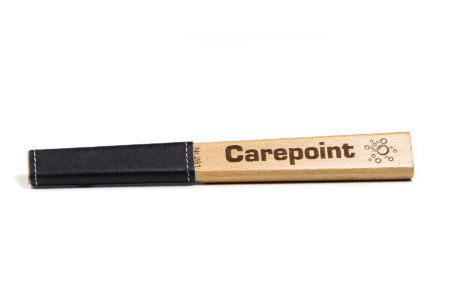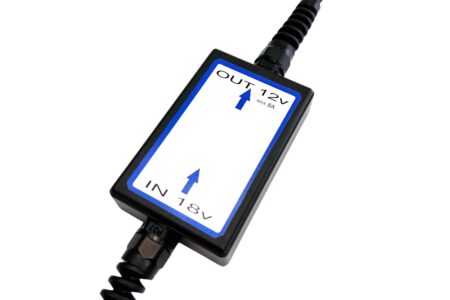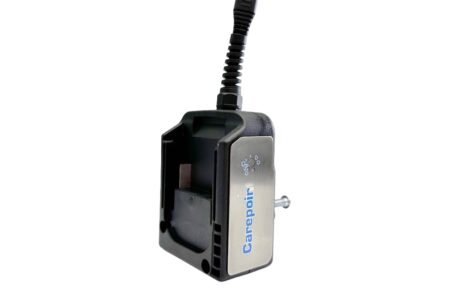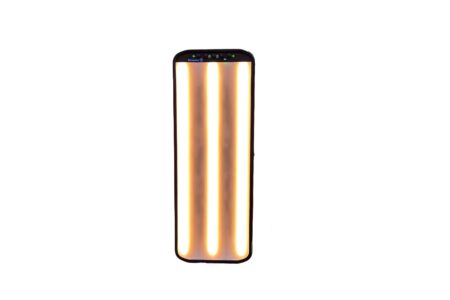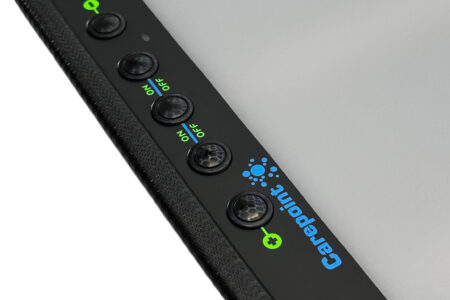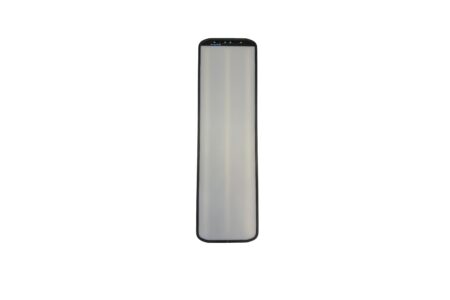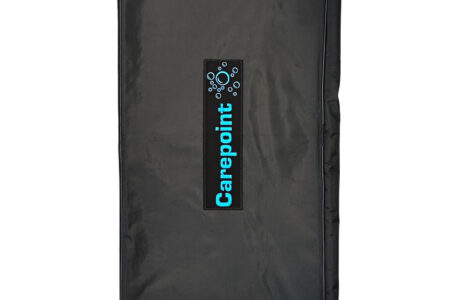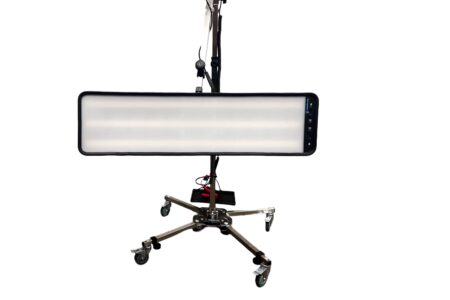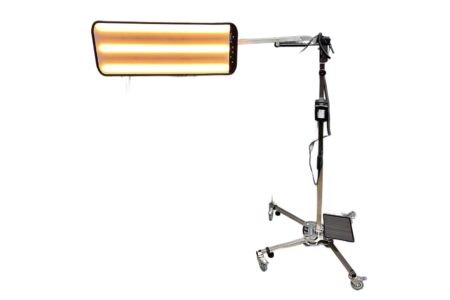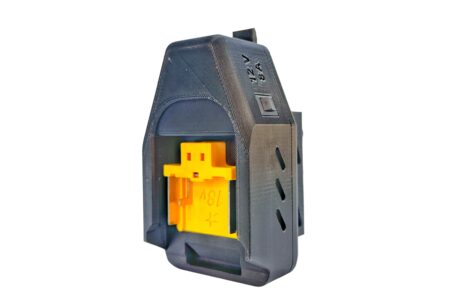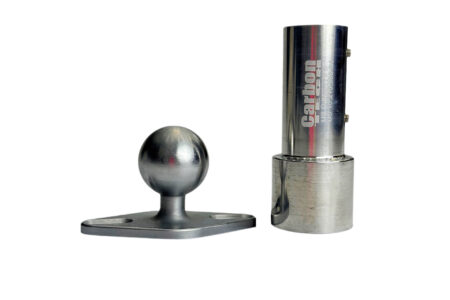
Blending is one of the most delicate and skill-demanding techniques in PDR (Paintless Dent Repair), allowing dents on your car to become almost invisible. However, even experienced professionals can make mistakes that can undo all the hard work and ruin the final result. In this article, we’ll examine common blending mistakes and offer tips on how to avoid them. Understanding these nuances will help you refine your skills and achieve high-quality repairs, regardless of the task’s complexity.
What is Blending in PDR Repair, and Why Is It Important?
Blending in the context of PDR (Paintless Dent Repair) is a technique used to create a smooth transition between a damaged and undamaged area of a car’s body, allowing for the repair of small dents or bumps without the need for repainting. In PDR, blending is crucial because it restores the original appearance of your car’s bodywork without leaving visible traces of the repair.
Why Blending Is Important:
Preserving the Original Paint: Unlike traditional repair methods, which often require repainting, blending preserves your car’s original paint finish. This is vital for maintaining the factory paint, which is more durable and of higher quality than aftermarket re-coating.
Aesthetic Perfection: Blending creates seamless transitions between the repaired and original surfaces, making the repair virtually invisible to the eye. This helps maintain the visual integrity of the vehicle.
Time and Cost Savings: Since blending doesn’t involve repainting, the repair process is significantly quicker and more cost-effective for both the technician and the customer.
Increasing the Car’s Value: A quality PDR with proper blending helps maintain or even increase the market value of the car, as the bodywork remains in excellent condition without visible damage.
In summary, blending in PDR is a critical step that ensures high-quality repairs and helps maintain the visual appeal of the vehicle.
How to Choose a Blending Tool
Blending is one of the most delicate and complex techniques in Paintless Dent Repair (PDR). Successfully performing this procedure requires not only experience and skill but also the proper selection of tools. Each tool used for blending plays a crucial role in the car body repair process, ensuring smooth transitions and undetectable results. In this article, we’ll explore how to choose essential blending tools, including hammers, tips, paddles, and lighting systems, to maximize the quality and efficiency of your work.
Hammers
Selecting the right blending hammers is crucial, as they enable you to work precisely and efficiently with indentations. Whether you are a beginner or a seasoned professional, selecting the right hammer will help you achieve flawless results faster and with less effort.
Invest in quality tools that will last for years to come. When selecting a PDR hammer, consider the following characteristics:
- Material: Hammers come in various materials, including aluminum, steel, and composites. Lightweight aluminum hammers are comfortable to use and reduce hand fatigue, while steel hammers offer greater strength and effectiveness for more demanding tasks.
- Weight: Choose a hammer with a weight appropriate for the type of work you are doing. Lightweight hammers are ideal for small dents and delicate operations, whereas heavier hammers are better suited for larger damage.
- Head Shape: Different hammer head shapes are designed for specific areas of the car body. For instance, round heads are effective on wide surfaces, while pointed heads are better for reaching into narrow areas.
- Handle: Ensure the handle is ergonomic and provides a firm grip. This will help reduce the likelihood of slippage and enhance your accuracy.
Tips
Blending tips are crucial for achieving accuracy and efficiency in the PDR process. The right tips allow you to precisely and neatly repair even the most complex dents without damaging the paintwork.
When selecting handpieces, consider the following aspects:
- Tip Material: Handpieces are available in materials like plastic, rubber, metal, or composites. Metal tips provide more precise pressure, while plastic or rubber tips are ideal for delicate paintwork.
- Tip Shape: Different tip shapes allow you to adapt to various types of damage. Flat tips work well on wide surfaces, while round or pointed tips are better suited for hard-to-reach areas or edges.
- Tip Size: The size of the tip should match the size of the dent and the type of work. Small tips are used for detailed work, while larger tips are better for bigger dents.
- Interchangeable Tips: Some tools offer interchangeable tips, increasing versatility. This feature is particularly useful when working on different types of damage and surfaces.
Paddle
Paddles are specialized tools used to smooth and finalize surfaces during blending. They help achieve perfect smoothness and eliminate any minor imperfections that may remain after the initial finishing process.
Investing in a high-quality paddle ensures comfort in your work and enhances your results by reducing the risk of introducing new defects. Don’t skimp on this tool—a good paddle will become a reliable assistant in any situation.
-
INNOVATION 2024, Knockdown paddles, PDR HAMMERS
PDR Carpinuswood Knockdown Paddle w/leather grip L-380mm/15″ Carepoint 284
INNOVATION 2024, Knockdown paddles, PDR HAMMERSPDR Carpinuswood Knockdown Paddle w/leather grip L-380mm/15″ Carepoint 284
0 out of 5(0)PDR Knockdown Paddle Carpinuswood with leather handle 284
SKU: 284
When selecting a paddle, consider the following factors:
- Material: Paddles can be made from plastic, rubber, or metal. Plastic and rubber paddles are less aggressive, allowing for gentle work on the surface without damaging the paint. Metal paddles, however, are suited for more intense impacts.
- Shape and Size: Choose a paddle shape that matches the area of the bodywork you’re working on. Large, flat paddles are ideal for wide areas, while narrow or curved paddles are better for challenging surfaces and corners.
- Flexibility: Paddles vary in flexibility. Flexible paddles offer better control for smoothing and working on curved surfaces, while rigid paddles provide more intense action for damaged areas.
- Handle: A comfortable handle enhances control and improves accuracy during use.
Lighting and Lamps
Proper lighting is crucial in PDR, as it allows you to detect even the smallest imperfections on the body surface. Investing in professional lighting systems ensures you can see details clearly and work with maximum precision.
Portable, dimmable, and mobile LED lights enhance your work environment, making it more comfortable and productive. Ensure your workstation is equipped with high-quality lighting to perform at your best.
When Selecting Lamps and Lighting Systems, Consider the Following Aspects:
Type of Lighting: LED lamps are ideal for PDR as they provide bright, glare-free light. LEDs are also known for their durability and energy efficiency.
Mobility: Ensure that the lamps are mobile and easy to reposition within the workplace. An adjustable stand or the ability to attach the lamps to various surfaces allows you to adapt the lighting to different situations.
Dimming: The capability to dim the light enables you to tailor the lighting to your specific work environment. This feature is especially useful when addressing different types of damage and surfaces.
Color Temperature: Choose lamps with a neutral or cool color temperature (between 5000K and 6500K). Such lighting helps reveal the smallest defects on the car’s surface more effectively.
Anti-Reflective Protection: Some lamps come with anti-glare protection, which reduces reflections and glare on the vehicle’s surface, making the job more comfortable and precise.
These tools and equipment are essential for successful blending in PDR repair. Selecting the right ones directly impacts the quality of the final result.
5 Blending Mistakes That Ruin the Repair Result
Blending is a crucial step in Paintless Dent Repair (PDR), where the goal is to make dents on the car body virtually unnoticeable. Even experienced professionals can make mistakes that compromise the quality of the repair. In this article, we’ll explore five common blending mistakes that can negatively affect the repair outcome. Understanding these pitfalls will help you avoid them and achieve a flawless result.
1. Excessive Effort
One of the most frequent mistakes in blending is applying too much pressure on the tool. Many craftsmen, especially beginners, mistakenly believe that heavy pressure will speed up and improve the dent correction process. However, excessive force can have the opposite effect, introducing new defects.
Applying too much pressure can cause the metal to “fracture”, leading to new dents or scratches on the surface. Additionally, excessive force can damage the paint, complicating the repair. Blending requires a delicate touch, not brute strength. Work gradually, increase pressure as needed, and monitor the results after each adjustment to avoid new damage and improve repair quality.
2. Incorrect Tool Angle
Using the wrong angle for your tool is another common mistake. If the tool is held at an improper angle—either too sharp or too obtuse—it can slide across the surface without effectively correcting the dent, leading to new marks and micro-damage.
This is especially crucial when working on curved or complex surfaces, such as wheel arches, fenders, or doors. Always adjust the tool’s angle to match the shape and curves of the bodywork for better control and to reduce the risk of introducing new defects.
3. Ignoring the Direction of Metal Fibers
The direction of the metal fibers plays a significant role in the blending process. Ignoring this and working against the direction of the fibers can lead to new damage, such as micro-cracks that become visible in the light, ruining the car’s appearance.
To avoid this mistake, always work in the direction of the metal fibers. This is particularly important on large surfaces where the fiber direction is more pronounced. By aligning your work with the fiber direction, you minimize the risk of creating visible imperfections.
4. Inadequate Lighting
Proper lighting is essential for effective blending. Working with insufficient or improper lighting can make it difficult to see small imperfections and accurately assess the repair. This can lead to incomplete or uneven blending.
Invest in high-quality, adjustable lighting that provides clear, bright illumination. This will help you spot and correct any imperfections more accurately, ensuring a more precise and professional finish.
5. Overlooking Surface Preparation
Surface preparation is a critical step that should not be overlooked. If the surface isn’t properly cleaned and prepped, it can affect the blending process and result in poor adhesion or uneven blending.
Always ensure that the surface is thoroughly cleaned and prepped before starting the blending process. This includes removing any debris, oils, or contaminants that could interfere with the repair.
By being mindful of these common mistakes and taking steps to avoid them, you can significantly improve the quality of your PDR repairs and achieve a seamless finish.
To improve blending skills in PDR (Paintless Dent Repair), beginners should start by mastering the basics. Understanding how metal behaves, how tools function, and the different types of dents is essential before diving into hands-on practice. This foundational knowledge will help you grasp the repair processes more effectively and achieve better results. Investing in quality tools is also crucial. Good hammers, tips, and other tools will not only make your job easier but also give you better control over the blending process. For beginners, it’s worthwhile to look into tool kits specifically designed for newcomers, which include everything you need to learn basic skills.
Practice is key, so start by working on old car parts such as doors or hoods. This allows you to experiment with different techniques and levels of effort without the risk of damaging a working vehicle. Gradually move on to more complex tasks, handling dents of various sizes and shapes. Online training videos are a great resource for observing how experienced craftsmen perform blending. They can help you learn how to hold the tool correctly, choose the right angle, and handle different types of dents more effectively.
If possible, find a mentor who can provide hands-on guidance. Personal instruction can accelerate your learning process, offering direct feedback and helping you correct mistakes you might not notice on your own. A mentor can also boost your confidence and refine your techniques. Develop your eye for detail by practicing how to spot small imperfections on car surfaces under various lighting conditions and angles. This will help you understand how light and shadows affect the visibility of defects and how to adjust your work to achieve a perfect finish.
Patience and persistence are crucial for mastering blending. Avoid rushing or trying to finish quickly. Instead, take your time with each detail to achieve the best result. Analyze your work after each repair, noting what went well and what could be improved. This constant evaluation will help you identify weaknesses and focus on improving them. Mistakes are a natural part of learning, so view them as opportunities for growth. Each time something doesn’t go as planned, analyze what went wrong and how you could have fixed it. This approach will help you learn faster and enhance your skills.
If possible, participate in professional PDR training and seminars. These events provide opportunities to learn new techniques, engage with other professionals, share experiences, and receive valuable tips. They can also serve as a source of inspiration and motivation for further development. By following these recommendations, you will significantly improve your blending skills and enhance your overall performance.
Summary
Blending in Paintless Dent Repair (PDR) is a crucial technique for making dents on a vehicle almost invisible. Even experienced professionals can make errors that compromise the repair quality. Key issues include excessive pressure, which can cause new defects and damage the paint; incorrect tool angles, leading to surface marks and difficulty in blending; and ignoring metal fiber direction, which can result in visible micro-cracks. Additionally, improper temperature conditions can make the metal either too brittle or too soft, complicating the repair process. Using inappropriate tools for the job can also ruin the blending result.
To avoid these mistakes and improve blending skills, beginners should start by mastering the basics of metal behavior and tool use. Investing in high-quality tools like hammers, tips, and paddles is essential. Practice on old car parts to experiment with different techniques and gradually tackle more complex repairs. Watch training videos to learn professional techniques and seek mentorship for personalized feedback. Developing a keen eye for detail and being patient with the process will help achieve high-quality results. Regularly analyze your work, learn from mistakes, and participate in professional PDR training to enhance your skills and become a proficient PDR technician.

